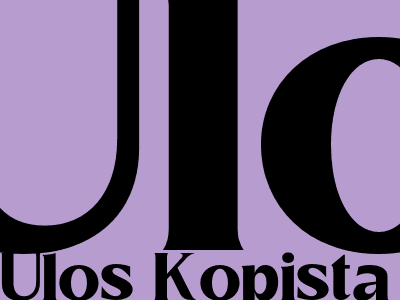
Ulos Kopista: A Glimpse into the Exquisite Art of Traditional Indonesian Weaving
An Introduction to Ulos Kopista
Ulos Kopista is a breathtakingly beautiful traditional woven cloth originating from the Batak Toba ethnic group of North Sumatra, Indonesia. Known for its intricate patterns, vibrant colors, and cultural significance, Ulos Kopista holds a revered position within the Batak community and is often used for ceremonial occasions, such as weddings, funerals, and religious rituals.
The Art of Ulos Kopista Weaving
The production of Ulos Kopista is a time-consuming and highly skilled process. Skilled weavers, predominantly women, use backstrap looms to create these intricate textiles. The intricate patterns are achieved by interlacing different colored cotton threads, each thread meticulously chosen to create the desired design.
The motifs and patterns found in Ulos Kopista are deeply rooted in Batak culture and mythology. Each motif carries a specific meaning or significance, such as fertility, prosperity, or protection. The complexity of the patterns and the vibrant colors of the threads symbolize the wealth and status of the wearer.
The Cultural Significance of Ulos Kopista
Ulos Kopista is not simply a piece of cloth; it is an expression of Batak identity and cultural heritage. It is a symbol of prestige and social status, and is often used as a form of dowry or inheritance. In addition, Ulos Kopista is used in traditional ceremonies to mark important milestones in one's life, such as birth, marriage, and death.
The weaving of Ulos Kopista is not just a craft; it is an art form that has been passed down through generations. The skills and techniques involved in its production are carefully preserved and transmitted from mother to daughter, ensuring the continuation of this cultural tradition.
Contemporary Interpretations of Ulos Kopista
In recent years, Ulos Kopista has gained recognition beyond the Batak community. Contemporary designers and artists have begun to incorporate elements of Ulos Kopista into their work, creating new and innovative interpretations of this traditional art form.
From fashion designers to interior decorators, Ulos Kopista's unique patterns and vibrant colors have inspired a range of products, including clothing, accessories, home décor, and even artwork. This newfound appreciation has helped to raise the profile of Ulos Kopista and contribute to its preservation.
Conclusion
Ulos Kopista is a masterpiece of traditional Indonesian weaving, embodying the cultural identity and artistic heritage of the Batak Toba people. Its intricate patterns, vibrant colors, and deep cultural significance make it a truly remarkable textile. As contemporary artists and designers continue to find inspiration in Ulos Kopista, this ancient art form continues to evolve and captivate audiences around the world.